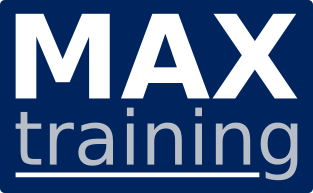Supervised Learning: Classification
Code: W7103G-WBTOverview
This course introduces you to one of the main types of modeling families of supervised Machine Learning: Classification. You will learn how to train predictive models to classify categorical outcomes and how to use error metrics to compare across different models. The hands-on section of this course focuses on using best practices for classification, including train and test splits, and handling data sets with unbalanced classes.
Audience
This course targets aspiring data scientists interested in acquiring hands-on experience with Supervised Machine Learning Classification techniques in a business setting.
Prerequisites
To make the most out of this course, you should have familiarity with programming on a Python development environment, as well as fundamental understanding of Data Cleaning, Exploratory Data Analysis, Calculus, Linear Algebra, Probability, and Statistics.
Objective
By the end of this course you should be able to:
- Differentiate uses and applications of classification and classification ensembles.
- Describe and use logistic regression models.
- Describe and use decision tree and tree-ensemble models.
- Describe and use other ensemble methods for classification.
- Use a variety of error metrics to compare and select the classification model that best suits your data.
- Use oversampling and undersampling as techniques to handle unbalanced classes in a data set.
Course Outline
1. Logistic Regression
2. K Nearest Neighbors
3. Support Vector Machines
4. Decision Trees
5. Ensemble Models
6. Modeling Unbalanced Classes
Price (ex. VAT)
Duration
Schedule
Please send us a message with the form below
Delivery methods
- Classroom
- On-site (at your location)
- Virtual (instructor online)
